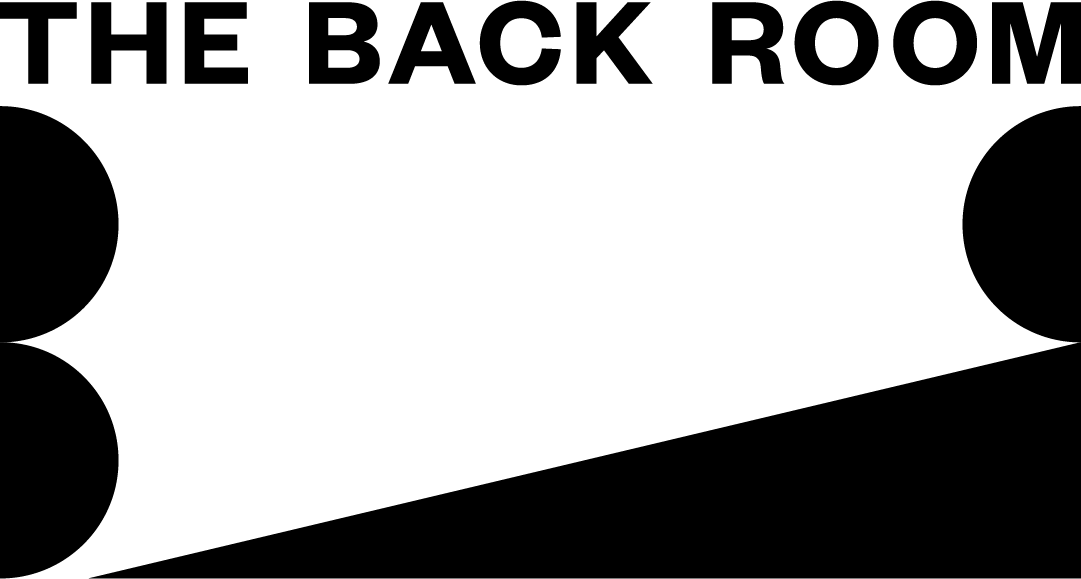EXHIBITION ESSAY
Issues: A solo exhibition by James Seet
15 April – 6 May 2023
A World of Problems
by Ellen Lee
What do you think is the most pressing issue of our time?
Could it be the proliferation of nuclear weapons as the war in Ukraine continues unabated or as tensions between the United States and China intensify? Could it be the rampant destruction of our world’s forests and melting polar ice caps? Or, could it be that the world is simply too populated, necessitating the consumption of its natural resources at ruinous rates? Or maybe our biggest issue might just be marijuana legalisation: maybe we all just need to chill out.
The latest exhibition by one of Malaysia’s most accomplished ceramic artists, James Seet, invites us to ponder these big, capital-I Issues. Though it’s not a competition by any means. This series was planned and started before the pandemic, but when the virus broke out in 2020, the series was put on hold as this much larger issue consumed the whole world. Clearly, even today’s pressing issues may not be the same as tomorrow’s, and it’s difficult to predict the final outcomes of our present actions. If there’s anything that the pandemic years taught us, it’s that the universe always has its own plans.
The exhibition, simply titled Issues, is not the first by James to highlight social issues. As an artist, he is sensitive towards injustices and his works reflect his belief of using art as a medium to effect change in the world. In the exhibition, nine issues have been selected to be represented by large ceramic pieces resembling geodes, with a thick outer shell that encloses a dense interior containing miniature representations of the issue: the geode’s crystals. Each of them have a different surface appearance customised to reflect the issue they contain: for example, Issues: Trees is shaped like a log and glazed in such a way that it has a wood-like texture. Unlike a geode, which is normally displayed facing up so that you may admire the glittering crystals within, these sculptures are displayed downwards, facing mirrors placed beneath them. The display and experience of the works simulates the nature of taboo, or activism, in that one must be willing to crouch down and get close to the ground in order to see the dimensions of a problem clearly. Only by lowering themselves are viewers able to see the hidden Issues. James found inspiration for the form of the Issues from the Malay proverb, ada udang di sebalik batu (translation: under every rock is a shrimp, a proverb meant to convey that every action has its hidden intention).
You could imagine each of these sculptures as a chapter in Italo Calvino’s Invisible Cities, with their own individual entries as a “Hidden City”. The architecture of these sculptures’ interiors is a closed miniature world, like a geode, which mesmerises with its depths, or like the little planets in Antoine de Saint-Exupéry’s The Little Prince, lonely distant worlds contemplating their own isolation. Each of the sculptures encloses the world of a single earthly Issue brought to excess. In Issue: Homophobia we see a claustrophobic orgy of bodies on top of bodies like it’s the final days of Saló. In Issues: Weed, marijuana leaves sprout along the interior as far as the eye can see, a teeming secret Eden for stoners. And in Issues: Nuclear War it’s as if we’re being granted a private tour through the weapons stockpiles of the United States or Russian Armed Forces on the night before doomsday. Each issue is afforded a world of its own; enclosed and secluded, they’re removed from the public eye, but their secluded world is a hot house, an Invisible City, where they rage and proliferate in abundance. The one exception is a round Earth-like sculpture that’s smaller than the others; within its carven cavern, we’re presented with a sad little tableaux of a polar bear and its cub stranded on two separated and diminishing icebergs, a representation of the effects of global warming.
In Issues, James’s humanitarian impulse to represent contemporary social issues through his art is combined with his creative impulse to build imaginary worlds with his hands. Studying his long career in ceramics, it’s clear that many of his works are invested with a passion for creating fantastical worlds and this series is no exception. In creating these enclosed and hidden worlds, these invisible cities where his targeted issues find expression as audacious in-your-face abundance, or as restrained dystopian tableaux, he helps us to imagine the alternative worlds that are possible for us, both good and bad.
